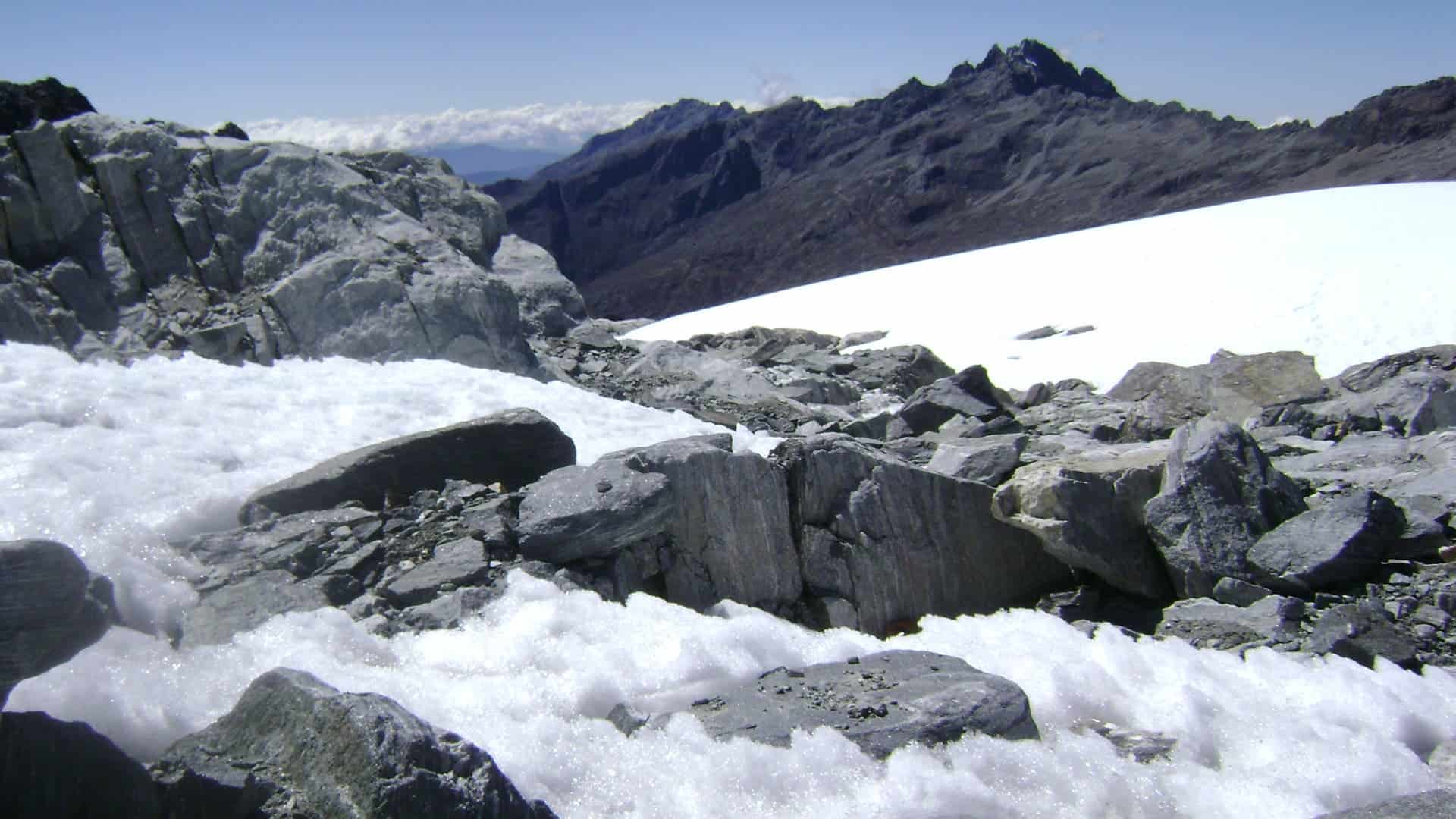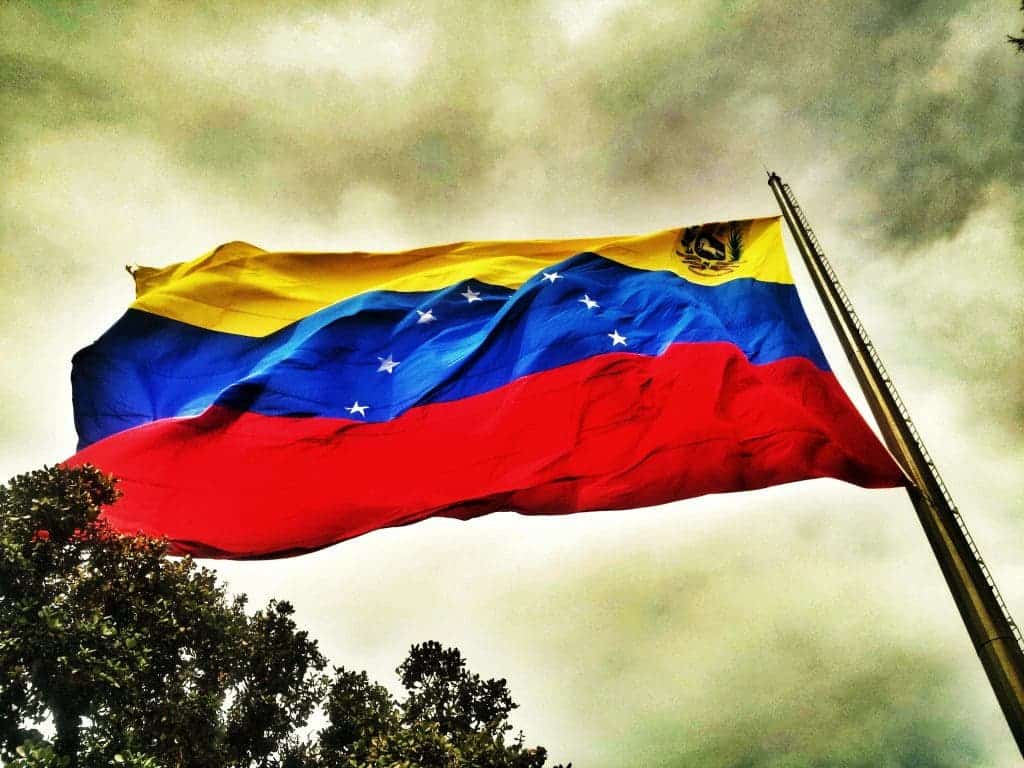A damaged oil tanker off the island of Trinidad and Tobago is no longer at risk of spilling 1.3 million barrels of crude oil into the Caribbean, the local government said — but not everyone is convinced.
Environmental activists and experts asked the government to take proactive measures in case the worst happens and the spill ends up taking place.

For months on end, governments and activists have followed the precarious situation of the Venezuela-flagged oil tanker FSO Nabarima. The ship has been stranded in the Gulf of Paria between Venezuela and Trinidad since January 2019, when President Donald Trump sanctioned Venezuela’s state-owned oil company, PDVSA.
The move has not only affected the revenue of the Venezuelan government but also led PDVA to abandon operations on the ship. They essentially left the tanker to rot, amid growing fears over the oil on board eventually spilling into the water.
If it did, the damage to the nearby environment would have been catastrophic.
Concerns over the status of the Nabarima accelerated in August. Local environmental nonprofit group Fishermen and Friends of the Sea (FFOS) was alerted by a PDVSA union leader that the ship was tilting and had to be inspected. The NGO asked Trinidad and Tobago to take action but got no response, so they started a social media campaign.
FFOS corporate secretary Gary Aboud went to see the Nabarima for himself and noticed the ship was tilting. He called for urgent action in a YouTube video that gained global attention, including that of climate change activist Greta Thunberg.
Days after the video was posted, Trinidad and Tobago’s government announced they would board the ship.
A team of three “experts” boarded the ship after being authorized by Venezuela, although details about this task force are still scarce. They reported that the boat is straight, stable and without risks of sinking, Energy Minister Franklin Khan said during a video conference. He also said Venezuela started pumping oil from the Nabarima into another one of its ships, the Icaro.
Still, it will take quite a while to take all the oil out. Icaro can only transfer 25% of Nabarima’s 1.3 million barrels at a time. This means it’ll require several trips to rid the ship of all the oil on board, keeping the chances of an oil spill until most of the load is gone.
“If the vessel does turn over or crack or spill its contents, we do not know exactly how much will be spilled,” Frank Teelucksingh, a local oceanographer, told Vox. “Some might lie on the surface and be transferred away by surface currents and winds, whereas some might get into the water column, if the vessel sinks.
Being ready for a massive oil spill, no matter how big or little the risk, is very important. If it happens, the toxicity can kill many species due to a lack of oxygen. In addition to the direct environmental damage, that would also land a big blow on the economy of Trinidad and Tobago, which relies on fishing, specifically in the area where the Nabarima is. A quick intervention could alleviate some of this damage — although in the ideal scenario, the spill wouldn’t happen in the first place.





